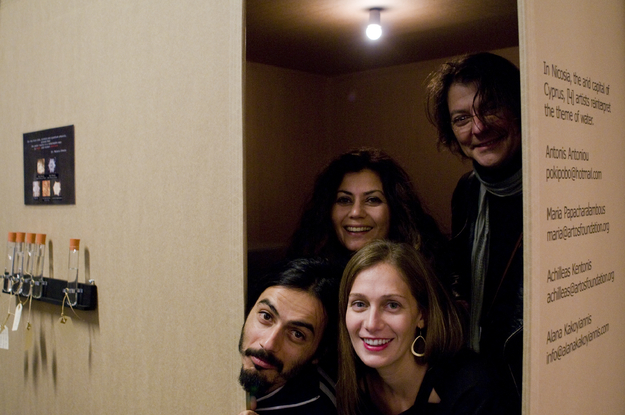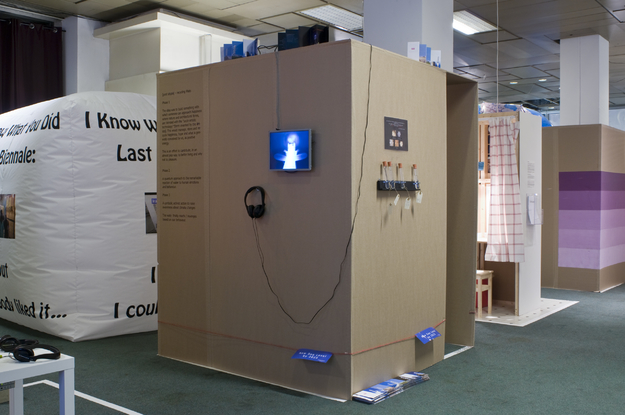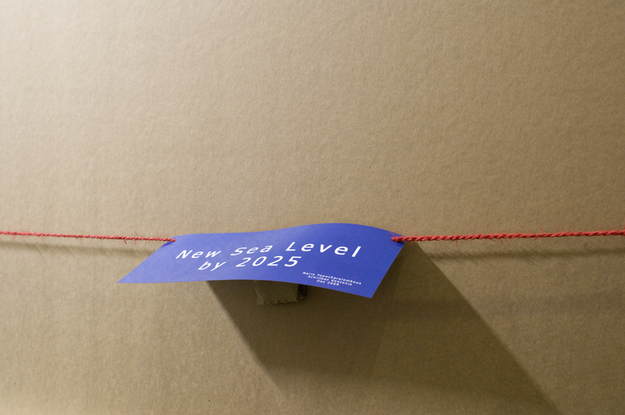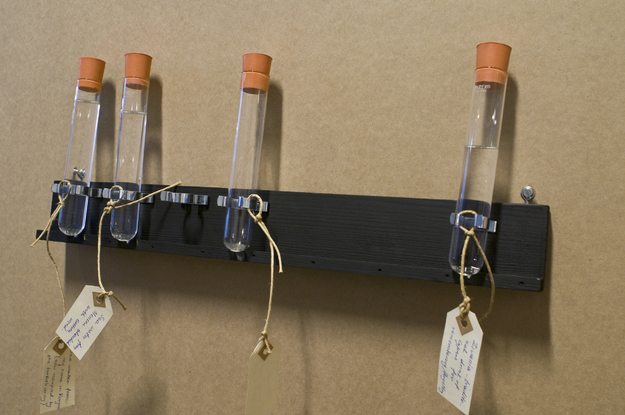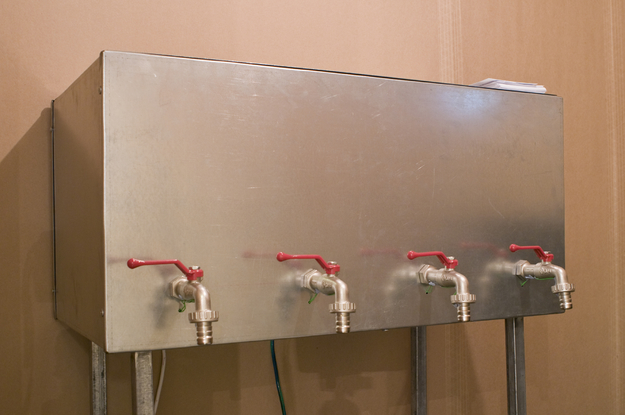Nicosia
Nicosia's allurement has always been one of conflict. From its militaristic Venetian walls, to its scattered, contested memorial sites and busts, to the nationalistic prepossession and thus the phantasmagoria of national struggles, and its changing demographics, to the Napoleonic fallacies fed by an assemblage of prodigal military outposts and kebab shops called 'BERLIN No. 2', Nicosia has been spouting its disruptive frontier nature.
However, in defying difference to the oppositional chorales of Nicosia's narration of itself, a geographical and environmental lack proves much more enticing when describing this city of ±350 000. Nicosia is waterless. Despite Nicosia being the capital of an island, Cyprus, it is almost as far as possible from the sea. And even though such a geopolitical introversion characterises a lot of other island and Mediterranean settlements and cities, Nicosia is also, by now, the furthest away from any water source, natural or man-made. Rivers once crossing through the city have long been dried out, blocked or cemented over. Its historical aqueducts merely well lit relics. The average annual rainfall is less than half of Amsterdam's 30.69 inch per year, at 14.4 inches per year. Inhabitants of Nicosia have running water for 12 hours, three days a week. The closest water dam is 22km away, and even though within Nicosia's District Area it is actually closer to the port town of Larnaca. A lonely water tank in one of Nicosia's suburbs is suitably nicknamed 'the mushroom' – a fungus symbolic of prosperity, a rare yet gratifying sight in this part of the world. This lack, this absence, is what can also help us make sense of Nicosia's actual build presence, beyond the limits of the UN controlled 'Green Line' buffer. The parched land, which has historically shaped the build environment of Nicosia, providing it with raw material such as the porous sandstone widely used up to WWII, it's still by far the most instrumental element in Nicosia's current development.
These surrounding infertile and dry plots are presently the sites on through which Nicosia's expansion passes through, building sites which are in turn a first stop for mainland Europe bound immigrant workers whose presence alongside the growing internal migration and the firm centralised administrative role of Nicosia, re-validates its epithet: Χώρα (Chora). Nicosia's idiosyncratic, almost inverse to Amsterdam's controlled co-existence with this dynamic equilibrium, water, appears therefore to be a forceful, rippling structure, as emblematic as its socio-political history, one quietly thrumming to be unclogged and reckoned with. To fiddle then with the faucet of this absence it is to shape an accommodating gulch, which can shore up distinct but supplementary representations of Nicosia not least in front of its streaming if turbulent anteriority.
- Demetris Taliotis, Director/Apotheke Contemporary Arts
[post utopia] – recycling Plato by Achilleas Kentonis and Maria Papacharalambous
Phase 1
The idea was to build something with which someone can approach happiness where nature and architectural forms, are blended with the “socio-artistic technology”*[term invented by the artists]. This would manage, store and recycle happiness, hope and what is generally conceived by us, as positive energy.
This is an effort to contribute, in an almost pop way, to better living and why not to pleasure.
Phase 2
A quantum approach to the remarkable reaction of water to human emotions and behaviour.
Phase 3
A symbolic activist action to raise awareness about climate changes
The water finally reacts / revenges based on our behaviour.
Achilleas KENTONIS
(born in 1963, Nicosia)
Lives and works in Nicosia
Email: achilleas@artosfoundation.org
He studied Engineering, Physics and Fine Arts in the University of South Alabama, USA and Universitad de Castilla la Mancha, Spain.
As a researcher / scientist he participated in researches of NASA, the Cyprus University and the Aegean University in different European programs.
Maria PAPACHARALAMBOUS
(born in 1964, Nicosia)
Lives and works in Nicosia
Email: maria@artosfoundation.org
She graduated from the School of Fine Arts in Athens and the Faculdad de Belles Artes, Universidad Complutence, in Madrid and Universitad de Castilla la Mancha, Spain.
As visual artists they were selected and represented Cyprus and Greece in different European and international Salons / exhibitions, such as Bienales and Trienales, at the fields of painting, photography, engraving, architecture, stage and costume design, installation, video art, short films (experimental, animation, documentary). In addition, he organized various international cultural events, symposiums, conferences, seminars and interventions and realized artistic publications.
They received distinctions and awards for different kind of creation.
They are the founders and the directors of ARTos Foundation (contemporary Arts and Science) which was awarded with the University of Cyprus Award for the Contribution to Culture and Society in 2008.
Fountanes by Antonis Antoniou
‘Fountanes’, which means ‘water taps’ is an interactive sound installation created by Antonis Antoniou that explores the sonic possibilities created by the manipulation and transformation of a single audio sample.
Jump Ship by Alana Kakoyiannis
‘Jump Ship’ is a video installation by Alana Kakoyiannis documenting the experiences of migrants.
